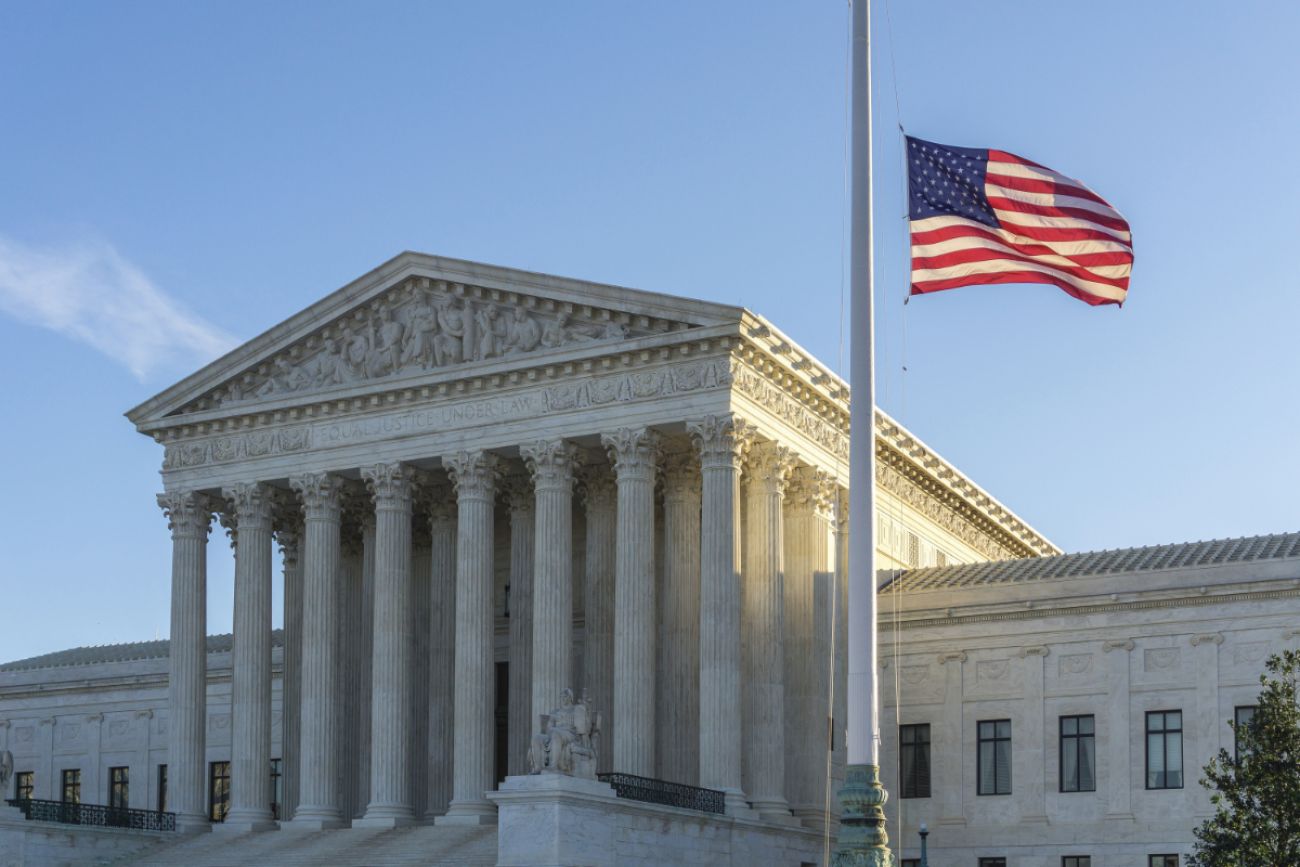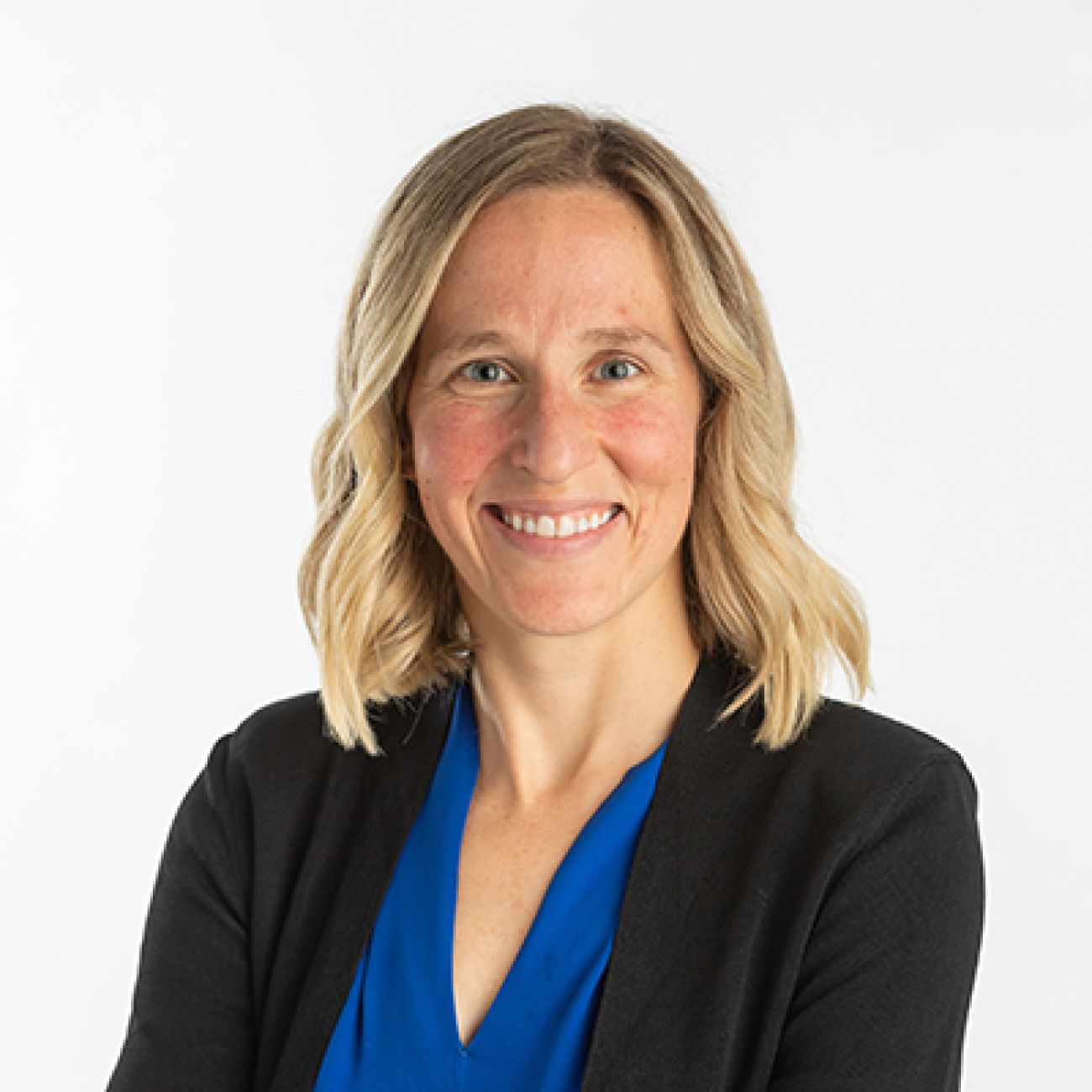How an upcoming Supreme Court ruling on student loan debt impacts Michigan

- The Supreme Court is expected to make a decision on President Biden’s student loan forgiveness plan as soon as this week
- The plan would forgive up to $20,000 in debt and would impact more than 800,000 borrowers in Michigan alone
- The administration has also made other changes to U.S. student loan programs to provide debt relief
June 30: Supreme Court ends Biden student loan forgiveness: how it impacts Michigan
Student loan borrowers eagerly await a U.S. Supreme Court ruling on whether to uphold President Joe Biden’s ambitious effort to forgive billions of dollars in college loan debt.
The ruling, expected as early as this week, affects roughly 40 million people nationally, with borrowers getting up to $20,000 in debt forgiven if the plan is upheld.
It’s a progressive policy initiative being presented to a conservative-dominated court — but with enough weaknesses in the legal challenges to make the ruling less than certain. It’s one of two closely watched education decisions expected in the next few weeks, with the justices also poised to rule on affirmative action in higher education.
Related:
University of Michigan probed on claim it falsified student grades
How a tiny U.P. school became a national model for Native American education
Michigan college enrollment decline among worst in the nation
Here’s what’s at stake on student loan forgiveness and the issues on which the ruling will likely turn:
What is the Biden student loan forgiveness program?
The program would provide individual borrowers who earn under $125,000 a year or are in households that make under $250,000 up to $10,000 in loan cancellations. Borrowers who qualified for Pell Grants — which are given to low-income students — would be eligible for loan cancellation up to $20,000.
Providing student loan relief was a signature promise of Biden’s 2020 campaign for president. He announced the program last August but it was halted by lower courts before it could be implemented, with two challengers’ suits now before the Supreme Court.
A White House fact sheet framed the program as a way to provide “breathing room” for families as they recovered from the pandemic. The administration cited studies to make the case that heavy college loan debt makes it far more difficult for graduates to buy homes, save for retirement or start small businesses.
Michigan student loan borrowers
There were about 864,000 people in Michigan who applied or were automatically deemed eligible for relief before the administration was required to stop accepting applications, the White House said in January.
Roughly 566,000 fully-approved applications in Michigan had been sent to loan servicers for discharge at the time. Nationally, there were over 26 million people who applied for the program or were automatically eligible and close to 16.5 million people with fully-approved applications.
The Education Data Initiative, a group that collects U.S. education data, estimates there are a total of 1.4 million student loan borrowers in Michigan, with a collective debt of roughly $51 billion.
Within this group, 16 percent owe less than $5,000 while 21.6 percent owe between $20,000 to $40,000. Two percent of borrowers owe more than $200,000. The debt for an average Michigan borrower is $36,116.
Last month, amid continuing uncertainty over whether the high court would strike down the Biden program, Gov. Gretchen Whitmer signed an executive directive that ordered the state treasury department to examine the current student loan environment and “assess the costs and benefits” of the state lending money for college education. (The state stopped issuing student loans in 2008.)
What legal questions are before the justices?
Leah Litman, professor of law at the University of Michigan, and an expert on constitutional law who co-hosts a podcast on the Supreme Court, told Bridge Michigan there are two central questions at play.

The first is whether the plaintiffs had legal standing to challenge the student loan forgiveness act?
In order to sue in federal court, Litman noted, plaintiffs have to show they experienced an injury, that the injury was caused by the program they are challenging and that the injury would be “fixable by a judicial decision that they’re seeking.” The Biden administration argues both groups challenging the program lack the requisite standing to bring the suits.
The second question relates to the HEROES Act, a 2003 law passed after 9/11 that grants the U.S. Secretary of Education the ability to waive or modify student loans during a national emergency. The Biden administration asserts that it acted lawfully in response to the pandemic.
If the justices find at least one of the two groups filing suit have standing, they would then move onto the question of whether the loan forgiveness program is authorized by the HEROES Act.
Who’s challenging the Biden plan and what’s their argument?
The Court heard arguments related to two cases: Biden v. Nebraska and Department of Education v. Brown earlier this year.
The first case involves a suit brought by Republican-led states — Nebraska, Missouri, Arkansas, Iowa, Kansas and South Carolina. They argue the U.S. Department of Education exceeded any emergency authority it possessed due to the pandemic by canceling student loan debt.
The second is brought by two student loan borrowers who argue the Department of Education violated the Administrative Procedure Act by not giving them an opportunity to submit their input on loan forgiveness ahead of the program being announced.
One individual would be eligible for $10,000 in loan forgiveness under the program while the second is not eligible at all. They are backed by the Job Creators Network Foundation, a nonprofit that focuses on free market policies. Bernie Marcus, the co-founder of Home Depot, founded the Job creators Network Foundation.
Conservatives on the Supreme Court hold a 6-3 majority. During oral arguments in February, the court’s three liberal justices, along with Trump-appointed Justice Amy Coney Barrett, raised questions about whether the challenging states had standing to sue; that is, whether they stood to suffer a more direct injury.
And, as the New York Times reported, “justices across the ideological spectrum seemed unpersuaded” by the standing arguments of the two individual borrowers.
But the conservative majority was also deeply skeptical of the administration’s claim of executive authority to wipe out billions of dollars in debt without congressional approval.
The Biden administration must keep the three liberal justices and pick up two conservative votes to save the forgiveness program.
What are the possible ways the court could rule?
If the court finds that one or both of the groups have standing, Litman said it is likely that the majority of justices will invalidate the student loan forgiveness program.
“I did not hear really any sympathy from any of the Republican-appointed justices on the merits of the program,” Litman said.
If the court finds that neither of the parties have standing, the court cannot say anything about the lawfulness of the program, Litman said. It would, in effect, have to reject the legal challenges without getting to the substantive question of whether the Biden administration exceeded its executive authority in forgiving the debt.
Litman noted that public approval ratings of the Court declined at the end of the Court’s last term, where the court notably reversed the abortion precedent of Roe v. Wade, with many perceiving the court’s rulings weren’t “wholly based in the law and also were wildly out of step with most Americans’ views.”
She said these student debt relief cases could pose another instance where the Court might choose to be “picking a fight with the Biden administration” and going against the views of Americans.
A March poll conducted for Newsweek found that 62 percent of Americans support the Biden loan forgiveness plan.
What’s next for borrowers if justices rule against the plan?
In short, student loan borrowers would not see their loans forgiven, at least under the program announced last August.
But separate from how the court rules, student loan borrowers will soon see the end of a three-year pause in student loan payments.
Since 2020, student loan borrowers have not been required to make payments on their loans and their loans have not been accruing interest. The Trump administration first paused the payment requirement in March 2020, at the start of the pandemic, and the Biden administration has extended the program several times.
Loans will begin accruing interest beginning on September 1 and payments will be due starting October, the U.S. Department of Education states on its student loan website.
What’s the economic impact if the Biden loan forgiveness is upheld?
The Biden Administration estimates that among borrowers no longer in school, almost 90 percent of relief money will go toward those earning less than $75,000 a year, providing a needed economic boost.
But it won’t come cheap. The nonpartisan Congressional Budget Office previously estimated the loan forgiveness program would cost the federal government $400 billion.
Scott Imberman, an economics and education policy professor at Michigan State University, told Bridge that the level of economic impact depends in part on how borrowers spent, or didn’t spend, money while awaiting the ruling.
He said it’s unclear how many people took a “wait and see attitude,” by applying for loan forgiveness but holding off on making any big purchases with money they otherwise would have put toward their loan.
Are there other ways the Biden administration has acted to provide loan relief?
Yes.
John Patrick Hunt, law professor at the University of California, Davis, noted a variety of ways in which the Biden administration has acted, including:
Student loan payment pause and no interest: The Trump Administration first paused requirements for borrowers to make payments in March 2020. The Biden Administration extended the pause several times.
Changes to the income-driven repayment programs: The Biden Administration proposed a rule in January that, if finalized, would reduce the amount of money some borrowers with income-driven repayment plans have to pay back before their loans are forgiven.
Revising the Public Service Loan Forgiveness program: Under this program, borrowers who work for a qualifying government or nonprofit organization, can have the remainder of their loans forgiven after making ten years of payment.
The administration announced a waiver process in October 2021 that ran through October 2022 that allowed borrowers to “receive credit for past periods of repayment that would otherwise not qualify for PSLF,” according to the Student Aid website.
The Department of Education announced in May it had approved $42 billion in Public Student Loan Forgiveness for more than 615,000 borrowers since October 2021.
Michigan Education Watch
Michigan Education Watch is made possible by generous financial support from:
Subscribe to Michigan Education Watch
See what new members are saying about why they donated to Bridge Michigan:
- “In order for this information to be accurate and unbiased it must be underwritten by its readers, not by special interests.” - Larry S.
- “Not many other media sources report on the topics Bridge does.” - Susan B.
- “Your journalism is outstanding and rare these days.” - Mark S.
If you want to ensure the future of nonpartisan, nonprofit Michigan journalism, please become a member today. You, too, will be asked why you donated and maybe we'll feature your quote next time!






